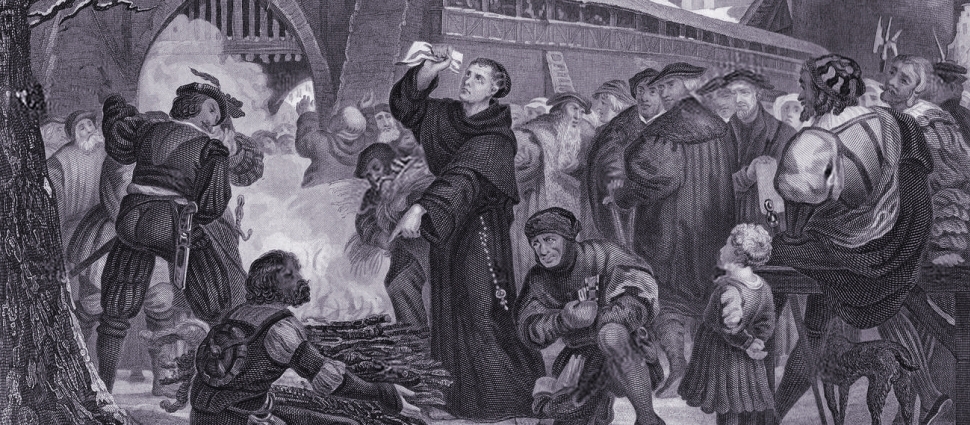Monday, April 6, 2020

Matthew 26:36–39
Then Jesus went with them to a place called Gethsemane, and he said to his disciples, “Sit here, while I go over there and pray.” And taking with him Peter and the two sons of Zebedee, he began to be sorrowful and troubled. Then he said to them, “My soul is very sorrowful, even to death; remain here, and watch with me.” And going a little farther he fell on his face and prayed, saying, “My Father, if it be possible, let this cup pass from me; nevertheless, not as I will, but as you will.”
“My soul is very, sorrowful even to death…”
The week leading up to Resurrection Day is one which gives us opportunity to meditate upon the suffering and death of our Lord. After sharing his last supper with the disciples, Jesus led them to the Garden of Gethsemane where he prayed and prepared himself for the events soon to take place. In that dark night of the soul we see the humanity of Jesus manifest as he experiences fear, anxiety, and sorrow; a sorrow so great it bent him to the ground.
“My Father, if it be possible, let this cup pass from me…”
Here we see glimpses of that deepest of all mysteries, the incarnation. Jesus was God in the flesh. The Eternal God became a man of blood and bone. Jesus, the eternal Son of God took on a human nature without giving up his divine nature. In the Garden he prayed out his humanity, identifying with his human creatures, that he might avoid “this cup.” The cup to which he was referring was the cup of God’s wrath. In that moment full of awesome mystery, God positions himself, through the Son, to be the object of his own wrath. In seeking to describe such ineffable realities, the limits of human minds and language is exposed. Nevertheless, this much we know: That Jesus, the eternally begotten Son, is preparing to take upon himself the just wrath of God. The Holy One will be treated as if he was vile. The Innocent One will be treated as if he was guilty. Indeed, the guilt of every one of God’s sinful people will be heaped upon the head of the Savior.
The cross was not merely an expression of God’s sacrificial love. To be sure, the cross displayed God’s love in ways that cannot be adequately described or even imagined. But if love only is what hung Jesus on the cross then we are still in our sins. No. On the cross the wrath of God was poured out in the most terrifying display of justice ever witnessed. And being God, Jesus knew this. He knew that what faced him on the cross was not only the guilt of sinners but the justice of God.
In the classic The Shadow of Calvary, Hugh Martin writes:
From this we may see that the cup which the Father gave him consisted substantially in the imputation to him of a criminal’s guilt, and the assignment to him of a criminal’s position and destiny. No sooner is the mysterious transaction of Gethsemane over than the secret and spiritual nature of what was there determined immediately begins to manifest. From this moment, onward to the resurrection, Jesus is seen among men no more in any other character than that of a criminal. Every step now in his history is that of the history of a criminal. The whole may be summed up briefly thus: He is arrested – libeled – judged – condemned – executed. This whole series of his successive positions and endurances as an offender, a transgressor; so immediately begun, so completely sustained and perfected; was the cup which he finally drained upon the cursed tree. This cup, Peter would have had him to renounce; when he set himself against the first element of it, in his Master’s arrest. Jesus refused to resist his seizure, on the ground that this were refusing the cup which the Father had given him to drink. Can there be any difficulty, then, in understanding what that cup was? That whole treatment of his person as the person of a malefactor, of which the arrest in the garden was the first step, constituted the cup concerning which the sorrows and wrestlings of the garden had been conversant…
[If] we look beneath the surface into what infinite wisdom meant in righteousness to shadow forth by the things which the determinate counsel and foreknowledge of God determined should thus be done, we will find that, even as to hear of Christ drinking the cup of wrath, is but to hear in a figure of the atoning sufferings of the surety; so to see him arrested, accused, condemned, and led to the death of a special malefactor, is in like manner only to see in a figure, to see as in a mirror, the successive footsteps of the avenging justice of the highest, as, armed with a valid commission to arrest, and a terrific scroll and handwriting of ordinances to accuse, and the warrant of the judge of all to condemn, and the everlasting sword of Heaven’s wrath to avenge…Every position in which he now stands, whether as a captured criminal in the hands of constituted power, or accused at the tribunal of authority, or condemned by the highest voices in the Church and State, and led away bearing the cross, and crucified between two malefactors, one on either side – every one of these positions, however unrighteous as assigned to him by man, is but an index and an emblem of a corresponding and true and righteous position or relation now assigned to him and which he now assumes, towards the Judge of all the earth. (p. 35)




